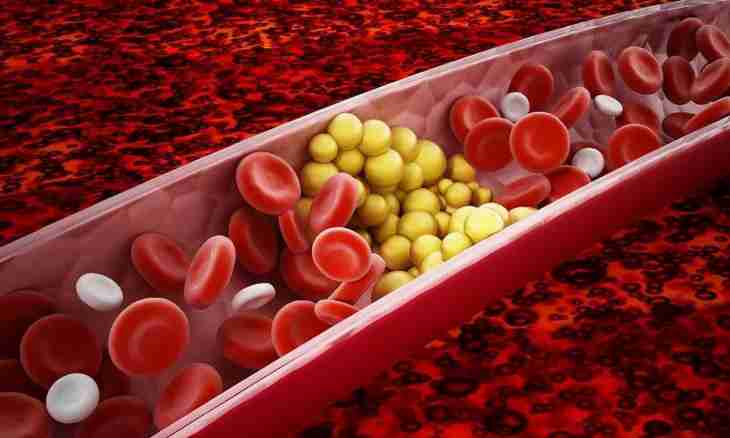Each person is individual not only in terms of appearance, psychology, behavioural reactions, but also in terms of physiology. In many respects features of an organism are predetermined by the nominal volume of blood in it and its structure.
Blood is a physiological substance which constantly circulates in a human body. Thanks to it transportation of useful substances to vitals, saturation by their oxygen, functioning of all systems, including respiratory organs is carried out. Besides, blood distributes heat and helps an organism to support the immune system.
Natural volume of blood
Each human body is individual, the volume of the blood circulating on vessels, large and small arteries at all different. But on average the human body contains from about 4.5 to 6 liters of blood. This indicator depends, first of all, on body weight. That is the specified volume is the certain percentage equivalent equal to about 8% of body weight.
In an organism of the child of blood contains significantly less, than in the adult's organism, its volume depends on age and weight. It is impossible to lose sight that the volume of the blood which is constantly in an organism changes and depends on such factor as liquid consumption. The amount of blood is affected also by water absorption level, for example, through intestines. Besides, the amount of blood in an organism directly depends on what is done by the person, from his activity: the person is more passive, the smaller amount of blood is required to him for activity. Plentiful blood loss, namely 50% and more (it approximately makes 2-3 liters) in 98 cases from 100 leads to death of the person. In certain cases as a result of such blood loss there can be most serious diseases, for example anemia, local necroses, violations of brain activity.
Blood completion
A number of actions, one of which is blood transfusion, is applied to completion of the blood lost by an organism by doctors. At the same time the group and a Rhesus factor of the patient and recipient (donor) has huge value. It is known that blood is non-uniform, 60% of its structure are a plasma, the major substance which is filled by doctors at transfusion, i.e. blood, and the plasma suitable on physiological characteristics is transfused not actually. At a lack of plasma or need of its cleaning (for example, after intoxication) use sodium and chloride structure which does not bear the useful elements peculiar to blood, but has an opportunity to perform transport functions in an organism, transferring though small quantity of erythrocytes, platelets and so forth.
